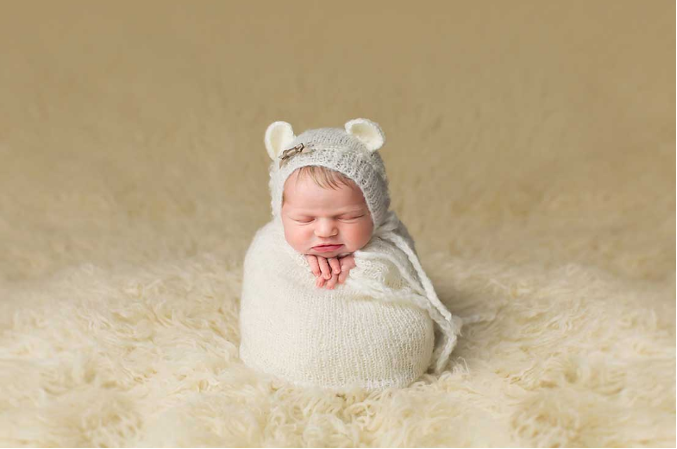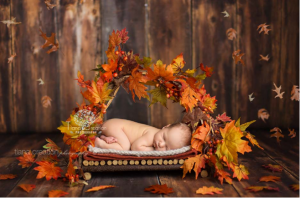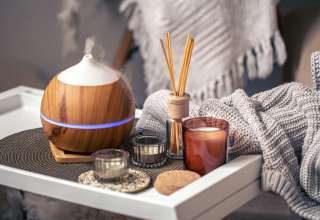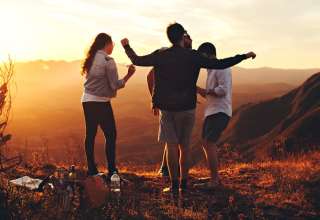Infancy is a wonderful phase in anyone’s life. Everything an infant does or acts is an awestruck moment. Most new parents wish to immortalize this phase as photographs that they can whip out proudly during the next playdate (or show to their kids’ date 18 years later).
Irrespective of the purpose, newborn photography is picking up the pace, and newborn baby photographers are in-demand. If you think that just because you excel in portrait photography, you can easily ace newborn photography, you might be in for a shock. Compared to model photography, clicking awe-generating newborn babies’ photos requires immense patience, innovation, investment in different props, and an extra pair of hands (mostly the parents themselves). Patience and innovation take time to master, but a few newborn photography tips can help you get clicking in the right direction.
Tips to keep in mind by a Newborn baby Photographer
1. Photoshop or any other photo editing tool is your best buddy
Babies, especially newborns, tend to move about even while sleeping. This means it might be challenging to get a steady shot. So you may need to take multiple photos and do some amount of post-production. This may be light adjustments, retouches, removing elements in the background, or applying different effects to bring out the details. While post-production jobs can be outsourced to specialists, it would be a piece of great advice to learn photo editing beforehand as you would be spending a substantial amount on it.
2. Ensure the safety of the subject
Newborn babies are delicate. They are prone to infections, sensitive to temperature, and can’t be given any props that can tip over or break. During newborn photography, you want the baby to move the least (which is why most photoshoots happen when the baby is asleep). While placing them on high or unstable surfaces, always have a spotter in place. Some of the complicated poses achieved by other photographers are through compositing multiple images.
If you plan to take photographs of the newborn baby while awake, you need to ensure they are comfortable. Use gloves if your hands are cold, have a space heater to keep the room warm. Don’t place them in unnatural poses; else you risk clicking photos of fussy and mostly crying babies.
3. Choose the right pose & perspective
In newborn photography is about capturing innocence, and for that, you would need to see the world from a new perspective. Take some face-only pictures as babies are expressive, and a really good close-up shot can help you bring out the minute details. The most common poses are:
- On the back pose (most natural)
- Side Pose
- On the tummy pose ( ideal of sleeping babies)
- Body part specific
- Paired up on a prop
A Newborn photoshoot tip would be to stand close to the baby and click the photo from above the baby. This way, the baby’s body doesn’t look disproportionate, i.e., unusually large bottom and a comically small head. Ensure you have the camera sling/strap around the neck to prevent dropping the camera by accident.
4. Be flexible
In newborn photography, the cameraman (i.e., you) waits for the muse to be ready. It is fruitless to photograph a cranky or fussy baby, and you (or the parent) need to take time to calm them. Sometimes, your shoot may run above 3 hours, where all the best photos are taken in the last hour. A newborn baby photographer also needs to be ready for reschedules owing to health concerns. Moreover, depending on the costumes and props you use, your shoot schedule will vary. You may end up taking more than 300 photos before you (and the parents) find the best 30 out of them. So, it is beneficial to be flexible.
5. Always use natural light
Most photographers prefer clicking photos while the muse is sleeping. Harsh lighting or flash photography can make weird shadows that ruin the moment and cause discomfort for the baby. Natural light provides a softer tone and allows you to play with the shadows. Since the daylight changes with time, you can end up with different photos for the same place and pose. Use that to your advantage. Position the baby in a way that the light source is shining in the bottom to the top direction (i.e., foot to face direction). This way, the face’s sharp features are seen clearly without the face looking elongated or bulky.
Wrapping Up
At the end of the day, newborn baby photography is all about having fun. Keeping a lively atmosphere makes those involved loosen up and enjoy the experience. Keep toys and plushies handy to direct the attention of the baby mid-shoot or even as a reference model to experiment with different photoshoots. This way, you are better prepared for your photography session.











